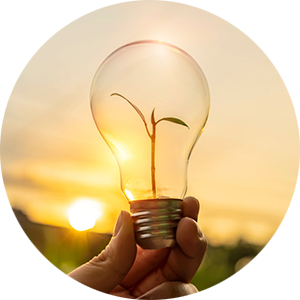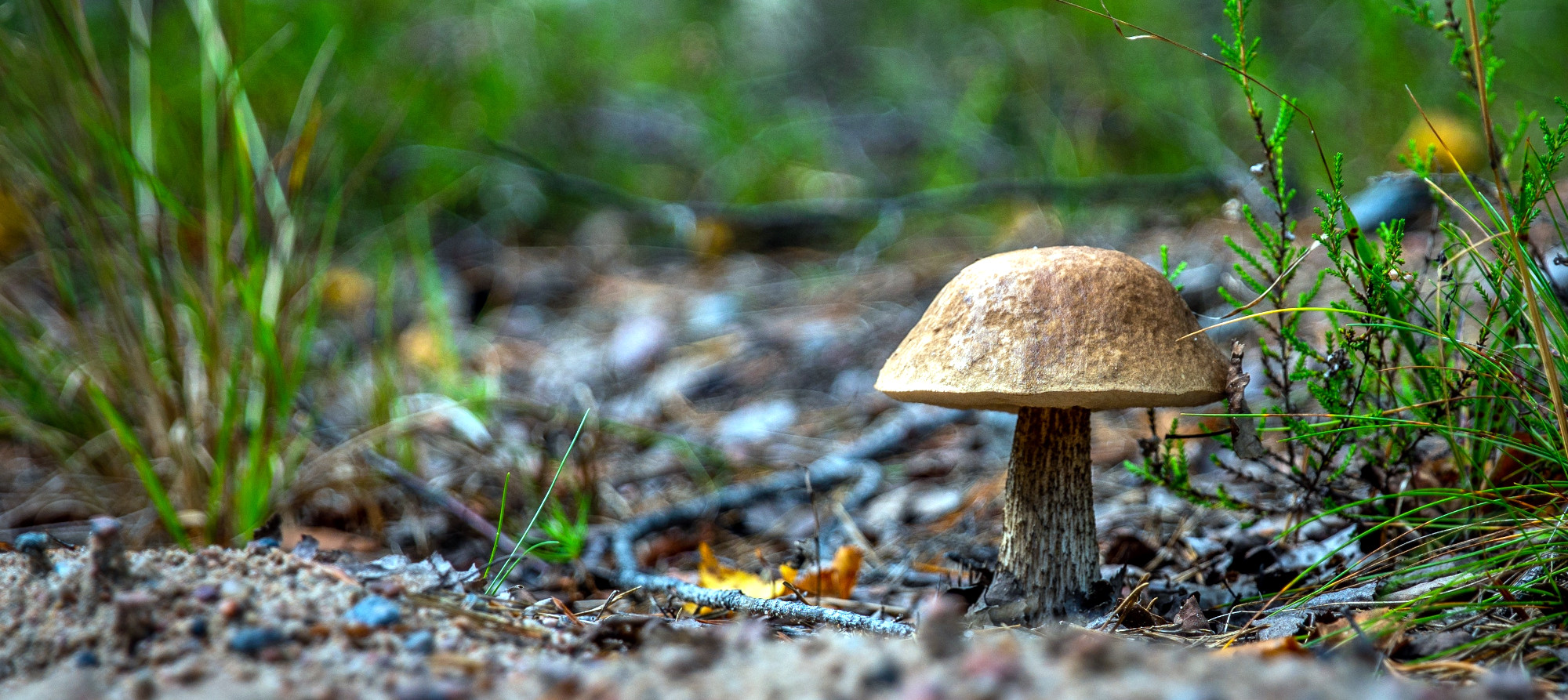Assets About Agriculture
Found 913 assets. Page 10 of 46.
Addressing Fashion’s Footprint at Farm Level Through Verified Sustainability Data
Investing in data and transparency in anticipation of disclosure demands will give brands and retailers greater visibility into their supply chains, so they will be better positioned to weather the changing regulatory landscape. ... View More
We Must Protect and Support Our Local Dairy Farms
In many parts of the US, the dairy farmer is a staple in the agricultural landscape; yet many multi-generational dairies are closing their barn doors. Solutions such as anaerobic digesters not only help farms mitigate their environmental impacts, the... View More
It’s in the Genes: Healthier Animals Anchor a Highly Sustainable Food System
As our population grows, we must keep innovating to provide ample, healthy food sources. The result? A more sustainable food system thanks to animals that are resilient to climate change and disease, and can produce healthy protein for our ever-grow... View More
Struggling to Scale Up Sustainably? Ask Nature
I hope every entrepreneur and business leader takes a moment to see if Mother Nature has already created what they're trying to create or achieve in the marketplace. ... View More
Farm-Level Data, Regenerative Practices Shaping the Future of US Cotton
These types of farming practices will ensure the soil used to grow cotton remains healthy enough to grow the crop year after year. ... View More
Brands Grapple with Sustainable Growth in Crowded, Stalling, Alternative-Protein Market
Industry players must keep making their products even more attractive, appeal to older generations and bring down costs. Only then can we address the significant environmental impacts of animal agriculture while satisfying the meat-loving masses. ... View More
Farming More Seaweed Could Be Sustainable Way Forward for Food, Feed, Fuel
Seaweed has great potential as a superfood and a building block for products including plastics, fibers and fuel. Expanding seaweed farming could help reduce demand for crops on land and global GHGs from agriculture by up to 2.6B tonnes of CO2e per y... View More
A Sustainable Future Requires Healthy Animals
The FAO estimates livestock emissions could fall by 30% through wider adoption of existing technologies and best practices in animal health and husbandry. Only by taking a holistic food-systems approach that includes sustainable livestock can we make... View More
Jackson Family Wines Partners to Advance Industry Opportunities for Students of Color
JFW has become a key partner in the Urban Grape’s Wine Studies Award for Students of Color program — which uses a three-pronged approach of education, work experience and mentorship to increase DEI in the wine & spirits industry. ... View More
BIER Guides Beverage Companies on Water Circularity
The Guide provides easy-to-follow processes, as well as important considerations when pivoting focus from on-site techniques to off-site circularity endeavors. ... View More
Food Donation Improvement Act Brings Measured Change, Opportunity to Reduce US Food Waste
Updated federal guidelines that reduce donor liability could begin to change the conversation around what is acceptable to consumers, especially as much-needed food begins to make its way to those who need it most. ... View More
3 Leadership Keys to Climate-Tech Success
Climate tech alone will not save the world; the people who use it, create it and put it into action play just as crucial a role. For these projects — and the sector as a whole — to succeed, these critical elements of strong leadership are essenti... View More
‘Our Waters’ Documentary Highlights One Community’s Fight to Protect Its Coast from Commercial Exploitation
As salmon demand has grown, so too have large-scale, environmentally destructive aquaculture projects. The community of Frenchman Bay, Maine is fighting a plan to build North America’s largest industrialized, open-net fish farms in their backyard. ... View More
Steakholder Foods, Umami Meats Win $1M Grant to 3D Bio-Print Structured, Cultivated Fish Products
The collaboration, using Steakholder’s proprietary 3D bio-printing technology, is a significant step forward in both companies’ mission to cultivate and scale sustainable alternatives to conventionally farmed and fished foods. ... View More
2 New Funds Show Companies, Investors Putting Money Where Their Mouths Are on Biodiversity Commitments
With a fresh spotlight on the critical role of biodiversity in the health of the planet, climate and economy, two ambitious new funds aim to mobilize millions in resources to scale on-the-ground, nature-preservation and -regeneration projects and nat... View More
Cocoa Will Never Be Sustainable Without Living Wages for Farmers; New Action Guide Helps Companies Get There
The VOICE Network’s Cocoa Barometer links the range of challenges facing cocoa-farming communities to pervasive poverty. The IDH’s new, free Living Wage Action Guide helps companies find the path to the best interventions for their situation. ... View More
3 Predictions for Cellular Agriculture in 2023
Due to the urgency of solving our most formidable climate- and health-related challenges, we regard decision-makers’ behavior vis-à-vis cellular agriculture — and cultivated food products, in particular — to be of some consequence when conside... View More
Meet the World's First Vegan Honey — A Sustainable Solution to a Sticky Problem?
Oakland-based startup MeliBio has created the world's first vegan honey — molecularly identical to the bee-made version, but a delicious and sustainable alternative that supports bee biodiversity. ... View More
COP15 Must Mark a Turning Point for Meat and Dairy Investors
Meat and dairy companies need to go further and faster to protect our natural world — before politicians, regulators and investors make the decision for them. The latest FAIRR Index shows what’s possible and shines a spotlight on the investment r... View More
New Marketplace Matches Tesco Suppliers to Swap Surplus Stock to Cut Costs, Reduce Waste
Tesco Exchange, aka ‘Tesco Tinder,’ matches suppliers who have too much of a product — for example, crops, byproducts, ingredients or packaging — with other Tesco suppliers that can put it to use. ... View More





















